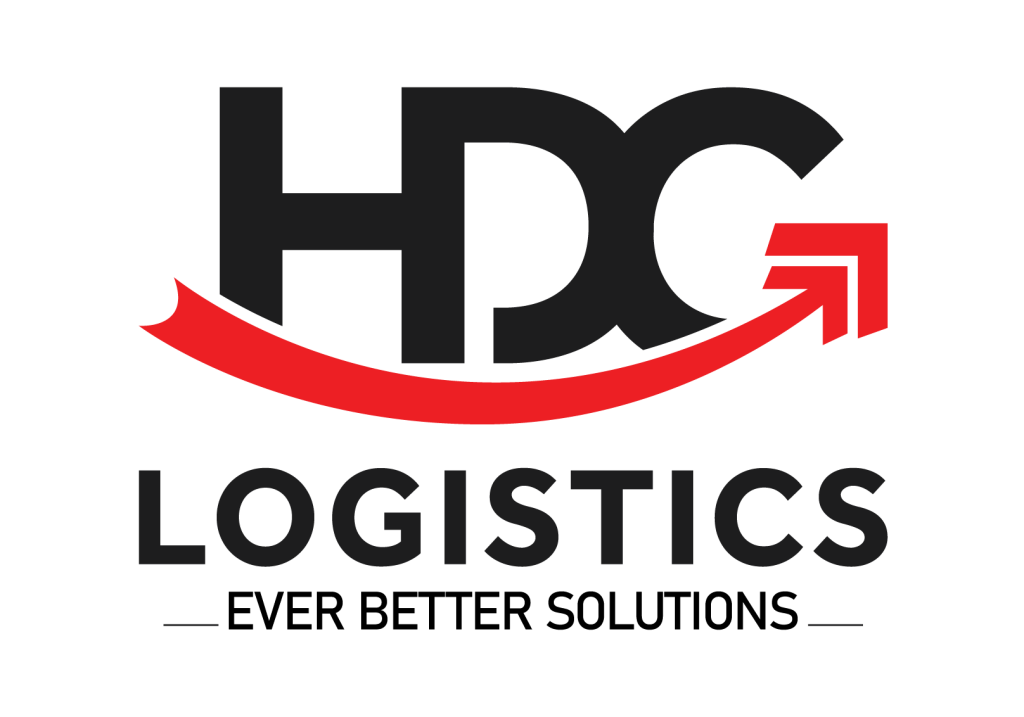Confectionery, a beloved sweet treat enjoyed by many, especially children, is a rapidly growing and stable sector in the food industry in Vietnam. To export confectionery abroad, businesses need to be familiar with the legal regulations and procedures for the export process.

Legal Regulations
Confectionery does not fall under the category of specialized goods or require a permit for export. Therefore, businesses can proceed with regular export procedures.
The export tax for confectionery is 0%.
HS Code
The HS code for confectionery depends on the type chosen by the business for import. According to the preferential Import-Export Tax Schedule issued under Decree No. 125/2017/ND-CP by the Government, confectionery falls into the following sub-groups:
- 17.04 – Various sugar confectionery (including white chocolate), excluding cocoa.
- 18.06 – Chocolate and other food preparations containing cocoa.
- 19.05 – Bread, pastry, cakes, biscuits, and other bakers’ wares, with or without cocoa; communion wafers, sealing wafers, rice paper, and similar products.
- 20.07 – Jams, fruit jellies, marmalades, fruit or nut puree, obtained by cooking, whether or not containing added sugar or other sweetening matter.
Required Documentation
- Customs documents:
- Customs declaration form.
- Commercial Invoice.
- Packing list.
- Certificate of Origin (CO) if required by the importing partner.
- Food safety and hygiene certificate (FSSC 22000, HACCP, etc.).
- Other relevant documents if applicable.
Export Procedure
The export process for confectionery to foreign countries involves the following steps:
Step 1: Obtain necessary permits and documents in Vietnam
Businesses need to communicate with the importing party to understand the requirements for import documentation. If the importing party requests documents such as a Certificate of Origin (CO) or a food safety and hygiene certificate, the business needs to apply for these permits from the relevant authorities.
Step 2: Engage in sales activities, sign export contracts
Businesses should seek potential customers abroad. Once a customer is identified, the business should negotiate and sign an export sales contract.
Step 3: Complete customs procedures, transport goods
Businesses need to complete customs procedures at the Customs Department where the export warehouse is located. After clearance, the goods are transported to the export port.
Step 4: Complete customs procedures at the importing country
The importing party will complete customs procedures in their respective country.
Note:
Businesses should carefully check the legal regulations regarding the export of confectionery in Vietnam and the importing country. It is advisable for businesses to seek advice from experts or hire a full-service export company for assistance in carrying out export procedures quickly and conveniently.



 Tiếng Việt
Tiếng Việt 日本語
日本語 中文 (中国)
中文 (中国)

